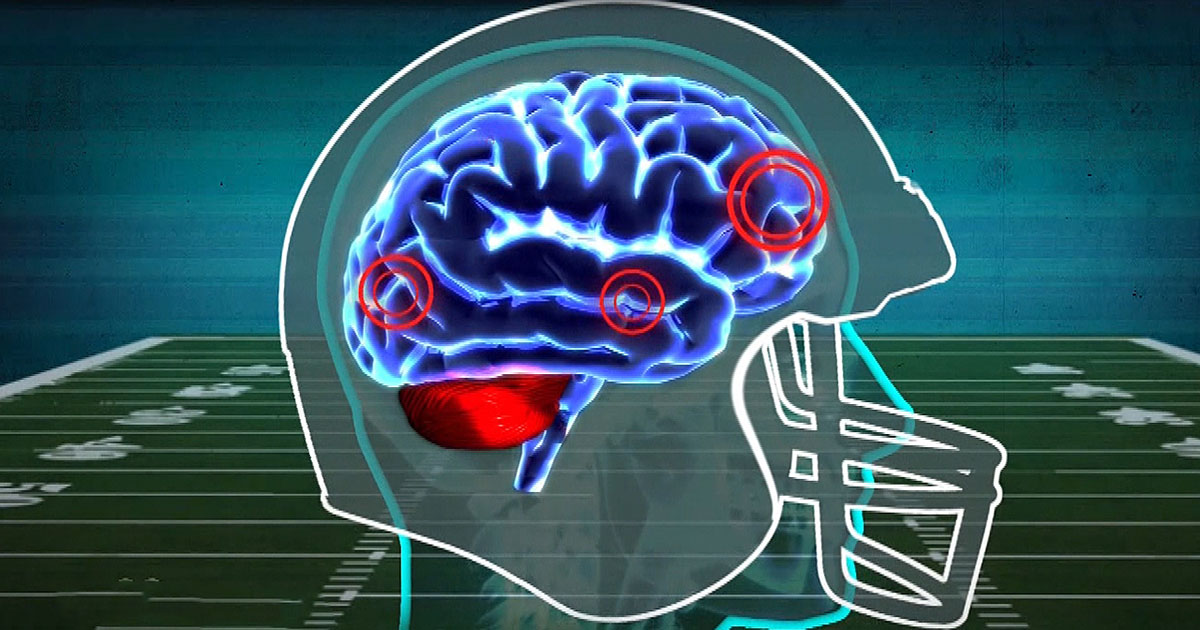What Is CTE And How Is It Related To Concussions?
Imagine hitting your head so hard you begin seeing stars, the room is spinning, and you feel like you are going to vomit, but then suddenly everything goes black. These are just a few of the symptoms individuals who suffer a concussion will often experience, including headaches, confusion, nausea and vomiting, dizziness, and even losing consciousness. What if there is a brain disease with far worse effects then concussions, that can even lead to death? Curious yet? Keep reading to find out about Chronic Traumatic Encephalopathy (CTE), its impact on the brain and how it directly relates to concussions.
What is CTE?

Chronic Traumatic Encephalopathy (CTE) is a neurodegenerative disease resulting from multiple head injuries. Symptoms of CTE include behavioral and mood problems, tremors, loss of memory, depression, and suicidal rage. It also affects an individual's cognitive abilities and judgment. Many of these symptoms are not as obvious as symptoms patients experience with a concussion, and these symptoms typically do not begin until years after the initial head injuries.
These symptoms tend to worsen over time and can lead to dementia. It is unclear if CTE alters the risk of suicide, given how the brain changes due to head injuries and CTE. The majority of known cases of CTE have occurred in athletes who participate in contact sports, such as football, hockey, soccer, boxing, and wrestling, with football players showing the most signs of the disease. Other risk factors for the condition include being in the military, domestic violence, and repeated hitting of the head. The exact amount of trauma that creates the condition is unknown for now, and diagnosis of CTE occurs by examining a patient's brain tissue during an autopsy.
What Causes CTE?

As mentioned before, CTE is caused by multiple head injuries, which are often substantial blows to the head, with some hits leading to concussions. However, concussions are not what triggers this disease. The disease is distinguished by abnormal deposits of calcium and proteins throughout the brain. Researchers have observed abnormal buildup of the protein tau, which kills brain cells and is a signifier of CTE.
Other evidence of what causes CTE have led researchers to hypothesize that in the condition's early stages, leaky blood vessels are evident in the brain - as within the deep recesses of the organ's folds - these damaged and leaking blood vessels were spilling proteins into the tissues of the brain, which triggered inflammation and other symptoms. Researchers also focused on the capillaries (the smallest and most significant blood vessels in the brain) through which oxygen, nutrients, and waste removal occur, are severely impacted by brain injuries, as injuries create focal disruption to the capillaries, leading to protein leaking into the brain tissue.
